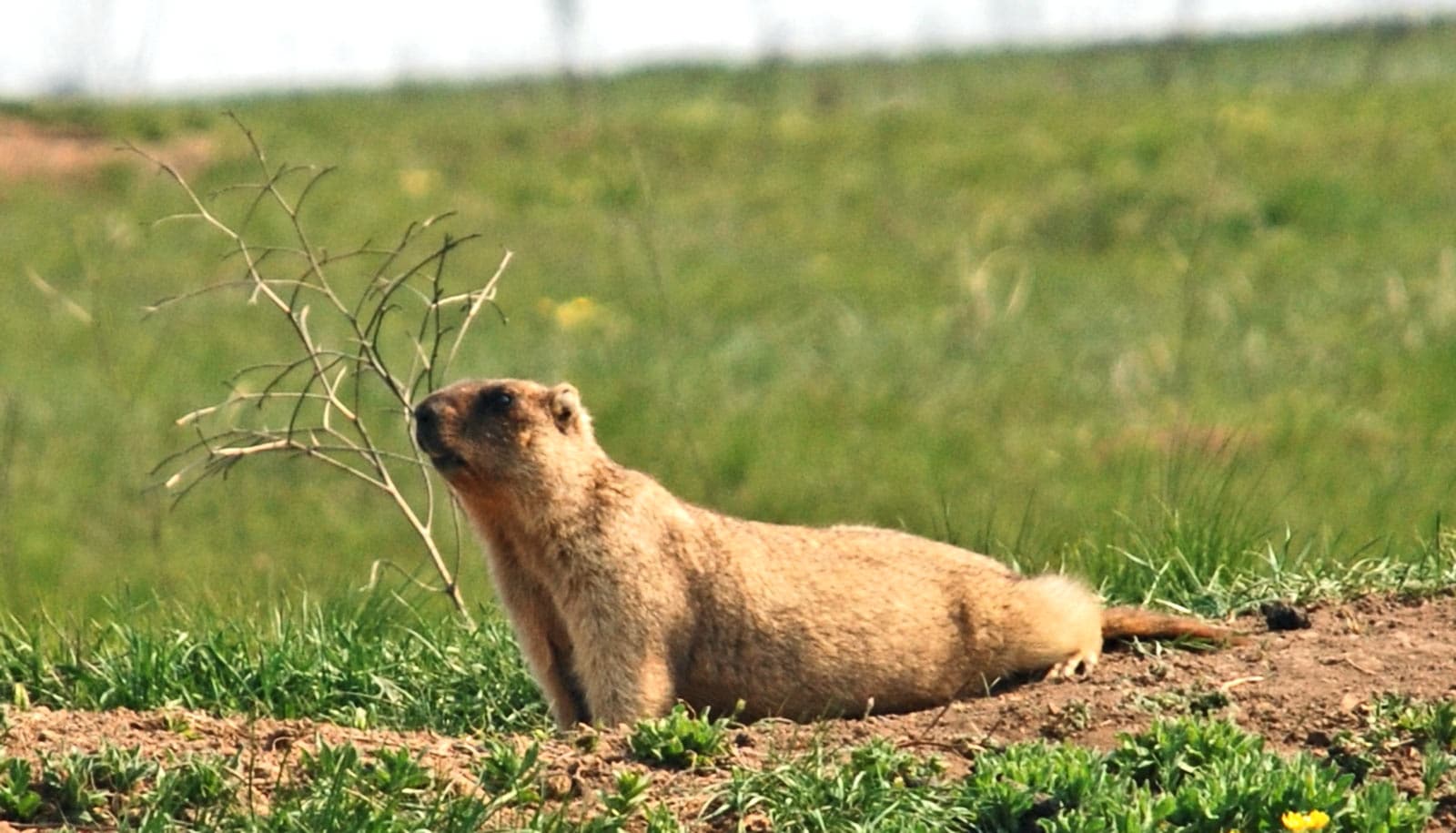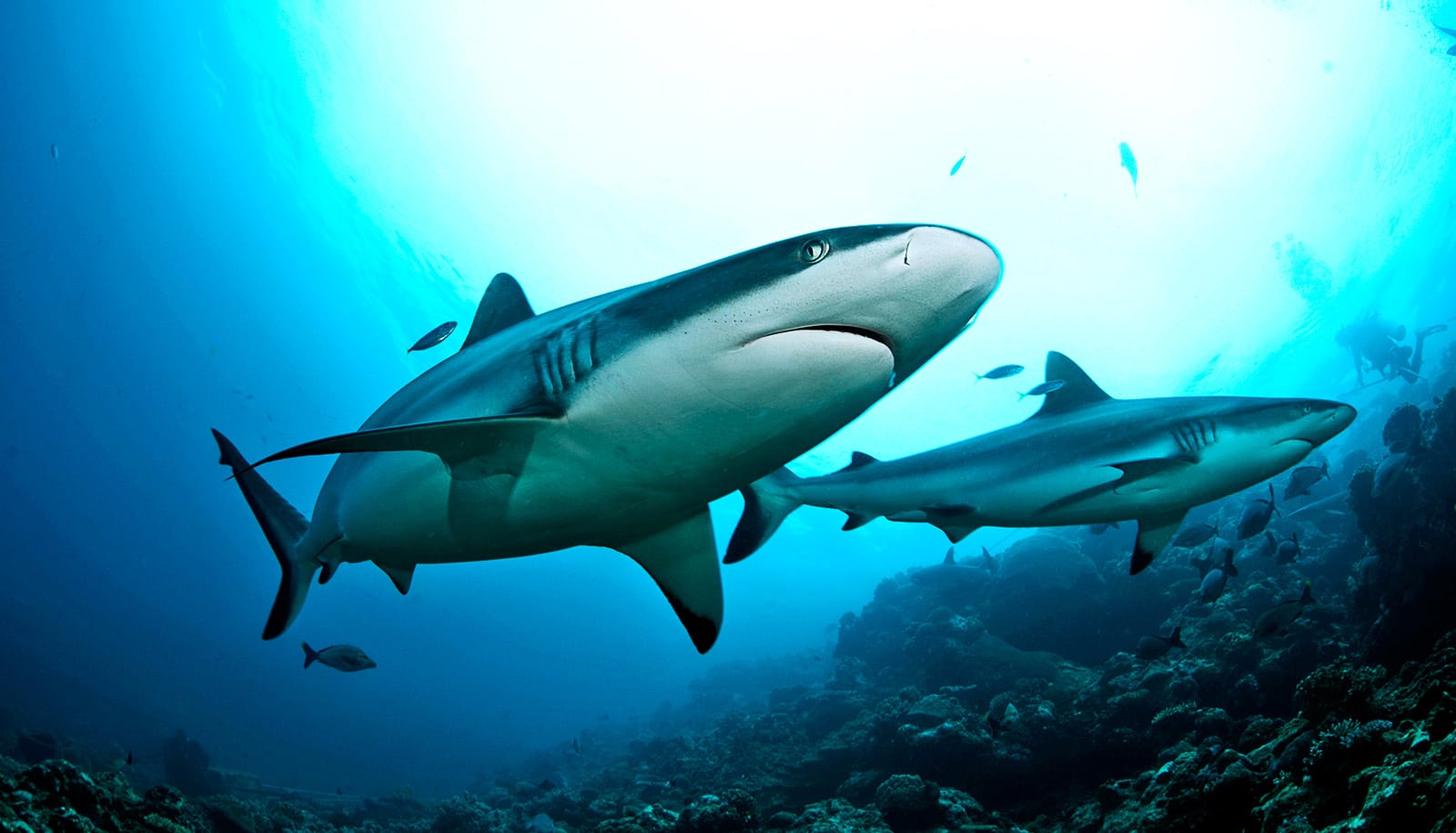Data from a Cold War spy satellite reveal how agriculture has destroyed the living conditions of marmots in Eurasia.
Researchers used the satellite data to map the impact of agriculture on biodiversity across Eurasia.
The Eurasian Steppes stretch from Europe, through Russia and to Mongolia, and includes countries such as Austria, Hungary, Moldova, Ukraine, and Kazakhstan.
“Since the 1960s, there has been a significant decrease in the number of marmots in northern Kazakhstan, at 14%. This is connected to the expansion of agriculture in large grasslands due to the high demand of food in [the Soviet Union] after the Second World War.
“Their flight could lead to an eventual decrease of the overall population of these rodents,” says Alexander V. Prishchepov, an associate professor at the University of Copenhagen’s department of geosciences and natural resources management.
Until now, it was impossible to gauge how animal and plant species reacted to increasingly large agricultural tracts prior to the late 1980s, as no systematic observations had been made before then.
But using satellite data, the researchers could map the impact of agriculture on the bobak marmot, for one, as far back as the 1960s, and up to the present day.
“It is absolutely fantastic that we can use data from a spy satellite—launched into space as a response to an American pilot being downed over the Soviet Union by the Russian military in the 1960s—to count marmots and gain an overview of biodiversity,” says Prishchepov.
Along with his Romanian, Kazakh, and German research colleagues, Prishchepov compared images from the satellite with imagery from other services such as Google Earth, Bing, and Esri. All in all, the material encompasses an area of 60,000 square kilometers (23,166 square miles).
Marmots dig holes that foxes, spiders, and other animals use as shelter from weather and hungry predators. The small rodents also make the soil more nutrient-rich with their nitrogen-rich feces. These contributions to the habitats and survival of other species make them important for biodiversity.
“But when we humans cultivate the soil and release toxic pesticides, the living conditions of the marmot—which would otherwise live in the same place for generations—can be lost due to continuous pressure from intensive farming,” explains Prishchepov.
“Agriculture is vital for humans, but we need to find better ways to cultivate land in order to avoid destroying animal and plant life,” he says. “We must learn from the past, as we did with our study, and avoid short-term politically-driven decisions but with long term adverse environmental implications.”
Source: University of Copenhagen


